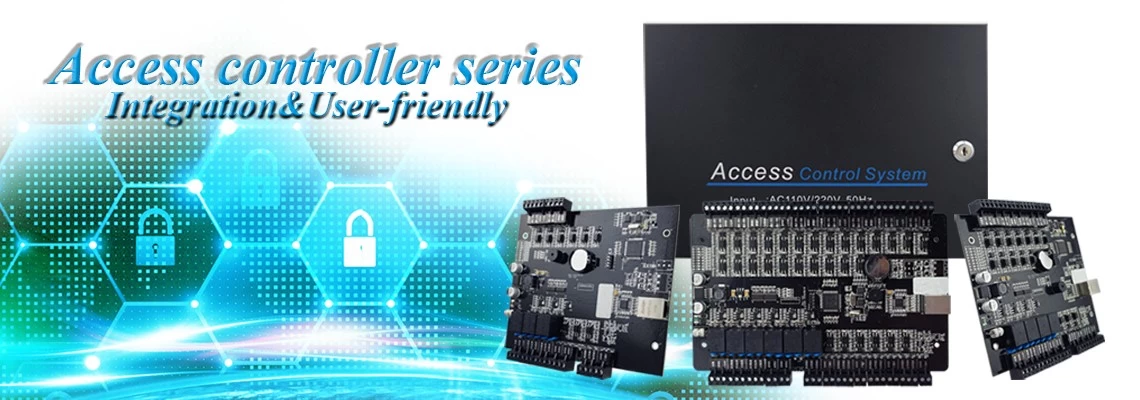The difference between the scope and application of UPS and EPS power
Snoppy Huang
CPS Encyclopedia
2016-07-19 11:18:17
The difference between the scope and application of UPS and EPS power
UPS working principle and classificationUPS working principle is to use the chemical energy as a backup battery can, when AC power failure interrupted, UPS can provide uninterrupted power for the device, usually by the rectifier, inverter, static switch, battery and other components.
UPS classification
Divided according to the principle: off-line, on-line.
Press the power supply is divided into: single-phase input and single phase output, three-phase input and single phase output, three-phase input three-phase output.
Divided by power: 10kva about the minicomputer, 10kva-100kva medium-sized machine, 100kva than mainframes.
Divided by the output waveform: square wave, trapezoidal wave, sine wave.
Back-up and on-line UPS works
1) Back-UPS (off-line UPS)
Normal mains supply power directly to the mains, when the mains supply is disconnected from the battery inverter.
Its characteristics are: simple structure, small size, low cost, but the narrow input voltage range, has a switching time, not suitable for the power requirements of high quality equipment, typically used in personal computers.
2) Line Interactive UPS
In normal utility power, the mains supply through a rectifier to the inverter DC work, provide AC power by the inverter directly to the device and the charger to charge the battery, keep the battery full capacity. Inverter is always in working condition, to ensure uninterrupted output, there is no switching time. For high quality requirements for power equipment.
EPS Classification and working principle
EPS works similar back-UPS, generally composed of chargers, inverters, batteries, automatic switching device, control system, characterized by simple structure, no noise, long life. Suitable for inductive, capacitive and integrated load.
EPS Classification
The load carried by the type can be divided into: 1) emergency lighting type 2) emergency lighting and power hybrid 3) dynamic
The difference between UPS and EPS
1) by the difference between the output of UPS and EPS
UPS power supply was mainly targeted at the computer and network equipment, the nature of the load is low, the current provisions of the UPS output power factor of 0.8. The EPS is mainly used for emergency power supply security, usually the nature of inductive load or capacitive. Some of the requirements of the load is powered off and put into use, all EPS must be able to provide a great impact on current, usually it requires at 120% load conditions can continue to supply more than 10 minutes. The rated capacity in KVA UPS units, EPS KW of rated capacity in the unit.
2) function of the difference between UPS and EPS
EPS and UPS all have mains bypass and the inverter circuit, but EPS only a continuous power supply function, less demanding on the inverter switching time that the majority of EPS also includes a single battery detection. EPS mains interruption only after the inverter output, computer utilization.
The UPS generally emphasize its three major functions: to conduct mains voltage and frequency stabilization process; the time for switching power supply equipment demanding; purifying mains. Daily focus on the rectifier and inverter double-conversion circuitry, energy efficiency is not high. But not just UPS inverter when the power supply voltage can also occur large deviations in the city, provide stable power output surges and other anomalies, which is not available in EPS.
3) UPS and EPS in the range of applications in different
EPS is mainly used for fire class load switching time as well as some less demanding, but requires continuous power supply equipment.
UPS is mainly used in computers, digital information systems requiring high quality power supply load.





















